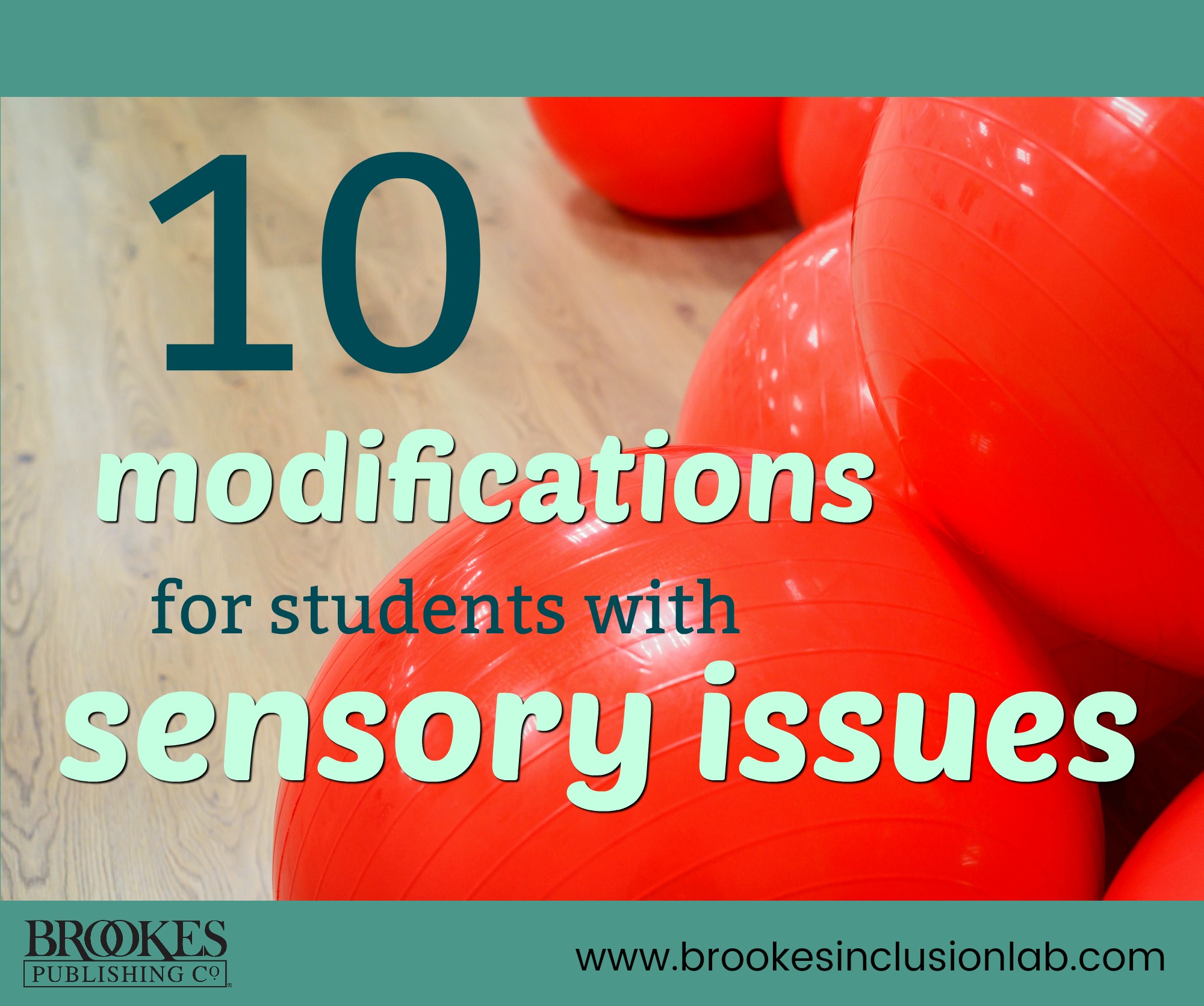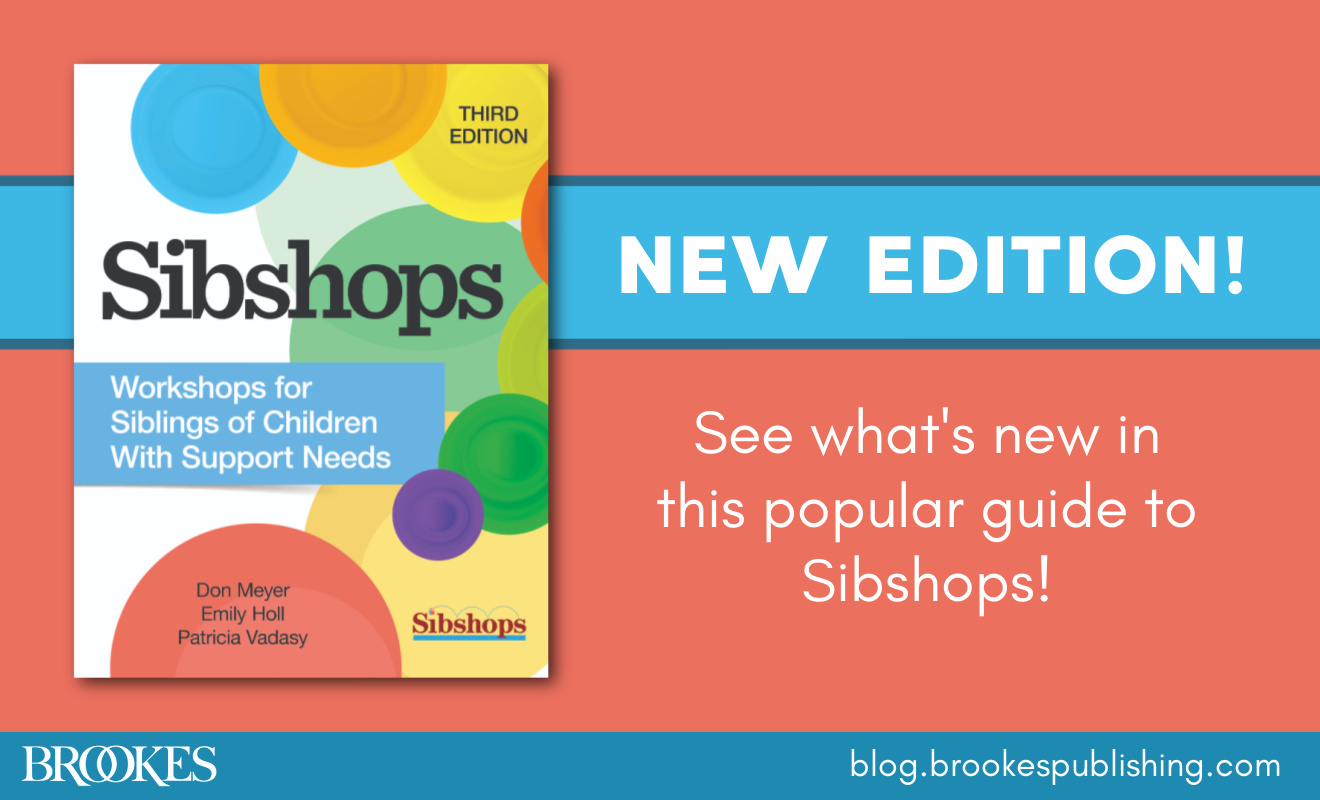10 Modifications for Learners with Sensory Issues
February 6, 2018
Sensory issues can create barriers to learning–but with a few well-chosen modifications to your classroom environment, you can meet your students’ individual needs and help them stay focused on your lessons.
In today’s post, we bring you some concrete modification suggestions from Teaching the Moving Child by Sybil M. Berkey, a fascinating and practical book that helps you improve students’ academic and social outcomes using insights from the field of occupational therapy. Berkey puts together a great list of suggested modifications for learners with sensory issues, and here we’ll share 10 of the best (along with the “why” behind each one). And at the end of the post, you can get 30 more modifications in a free download from the book!
Timers
For students who thrive on predictability, timers are a comforting way to signal the end of a work session or end of break. They can help students stay focused longer by reducing anticipatory anxiety. Visual timers are a good option for students who process best by seeing the countdown rather than anticipating a sound.
Small fans
When handheld, small fans can be used as a fidget toy; on the desktop, they can provide sound and/or tactile sensations. Fans may assist with self-regulation and provide “white noise” for masking ambient sounds that may distract learners.
Sensory bins and tables
Fill these bins with items like beans, cornmeal, sand, rice, or water. They can assist students with self-regulation skills, provide an outlet for sensory-seeking behavior, and even gradually desensitize students to touch, depending on the material. (Note: slimy textures are often rejected by overresponsive students, while lightweight materials such as rice can overstimulate other students. Keep an eye on how your learners respond to sensory items, and never force participation.)
Chewables and other oral options
Chewable bracelets, necklaces, whistles, or straws can be age-appropriate choices for oral exploration. They may increase your learners’ self-regulation and attention, give students a more appropriate outlet for oral sensory-seeking than chewing and/or sucking on clothing, and provide a satisfying source of “heavy work” to specific muscles and joints.
Headphones
The sounds of a busy classroom can be too much for students with or without disabilities. Headphones that reduce or eliminate background noise can calm students down, provide a respite from distraction, increase their attention to tasks, and even improve skills such as test-taking.
Therapy balls
These large colorful rubber balls can be used as an alternative to the traditional desk chair for students who need more sensory input. They provide child-generated movement in multiple planes: students can rock gently to calm themselves down, bounce on the ball to keep themselves alert and focused. For some students, therapy balls can extend their work endurance and their attention to the task at hand. Variations might include inflated chairs and stools.
Velcro tabs
Sensory modifications don’t have to be fancy or expensive–sometimes, an item as small and simple as a length of Velcro can make a big difference. Get the kind with adhesive backing, and attach the Velcro on or under the edge of your student’s desktop. Students can run their fingers across the soft loops for soothing touch, and the scratchy hooks for more alerting touch. This is a great way to provide an inconspicuous outlet for students with sensory-seeking behavior.
Dynamic cushions
Dynamic cushions can be used on either the student’s chair as a form of alternate seating or on the floor to help delineate a child’s space. Wedge-shaped cushions allow learners to make minor front to back movements and provide some bounce. Disc-shaped cushions allow for variable movement in all directions. Cushions can enhance attention and extend work endurance; they can also increase a student’s comfort level in group situations (placing the child at the periphery in a well-defined space can be more tolerable to an overresponsive child).
Beanbag chair or large pillows
A beanbag chair can envelop a student when they’re seated, providing calming deep-pressure touch to multiple body surfaces, or give students a comforting “crash” pad to help with organization of behavior. Pillows, on the other hand, can provide a soft place for a child to burrow, allowing for temporary “escape” and/or respite.
Roller or rocker boards
These “fidgets for the feet” are placed under the desk, and students can rock and/or roll as needed. They provide an out-of-sight outlet for sensory-seeking behavior and may improve focus and self-regulation.
Lamps
Fluorescent overhead lights can be a distraction in your classroom–some students may find them too harsh, and if they buzz or flicker, they can be intolerable to an overresponsive child. Instead of fluorescents, try lamps with softer, less intense bulbs in all or part of your classroom to calm your students’ visual environment and help keep their attention on the lesson.
DOWNLOAD MORE SUGGESTIONS
If you liked the suggestions in today’s post, there’s more where that came from! Download the full list of 40 modifications from the book Teaching the Moving Child, organized into a handy chart for quick reference.




Write a Comment
Your email address will not be published. Required fields are marked *
Post a Comment